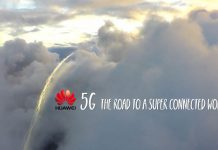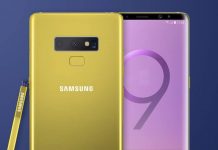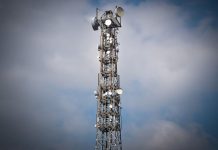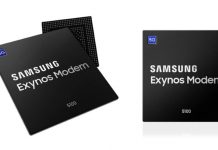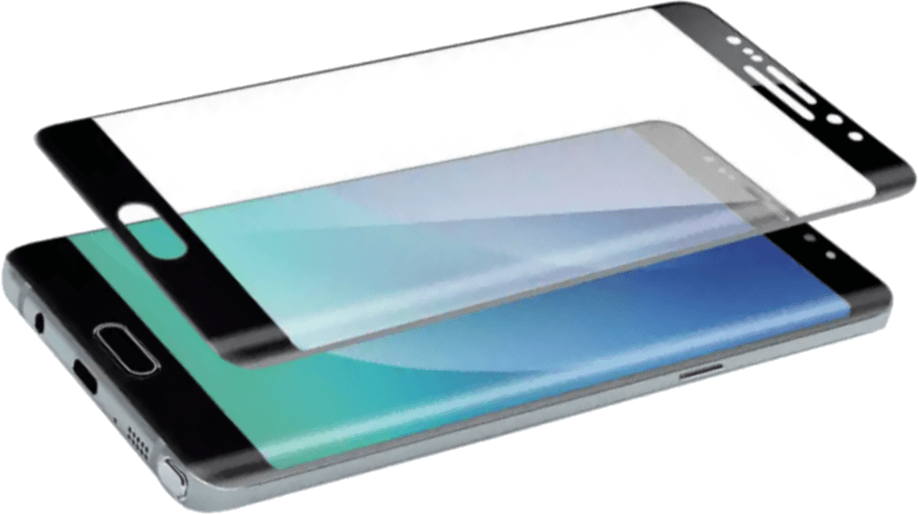Can the mobile Internet be faster than the fiber link? It would seem that the last demonstration of T-Mobile puts on a par LTE-Advanced and Gigabit Passive Optical Networks (GPON). Of course, the devil is in the details, but 1 Gbps throughput can be achieved wirelessly using the technology available today. It is true that an ultra-high-speed Internet connection in our mobiles seems useless today, but it stimulates the imagination.
Three months ago, T-Mobile claimed about the testing of 5G solutions that achieve data transmission speed up to 12 Gbps. It showed that the combination of MIMO 8×8 and 28 GHz band gives the desired results. You probably are wondering what to whom all this. For an example, so high speed is required by simultaneous transmission of four video streams of 4K resolution. However, the first 5G networks will be launched in 2020, and by that time we will use the good old LTE. Both operators and equipment manufacturers very well mastered this technology.
Even after release of 5G, the operators will continue development of LTE-Advanced networks.
We havealready several LTE solutions offering 600 Mbps. While overseas, T-Mobile engineers are testing a similar technology. The only difference is the use of higher amount of radio resources, which allowed beat another boundary of mobile Internet speed. Do you wonder how T-Mobile engineers have achieved almost 1 Gbps downlink throughput (979 Mbps) using LTE. During this test, T-Mobile used a smartphone which is not commercially available. I wonder what chipset it has. According to the specifications from Qualcomm, the latest Snapdragon 821 has X12 mobile data modem, which reaches only 600 Mbps. Is it a Snapdragon 835? In any case, the data transmission takes place via 3 cells with 20 MHz bandwidth each. In addition, each of these cells have 4 antenna lines, in order to be able to operate in the MIMO 4z4 mode. T-Mobile had also used the 256QAM modulation, which can be applied only when the phone is close to the base station. I know this is a little convoluted, but I will try to explain this to you in details.
The result achieved by T-Mobile is not perfect, but it is impressive.
Ordinary LTE network providers up to 150 Mbps. This speed is achieved when the phone is connected to a cell with 20 MHz bandwidth. Data transmission is done with 64QAM modulation and MIMO 2×2 mode, i.e. using two transmitting and receiving antennas. Changing the modulation from 64QAM to 256QAM increases the downloading speed by approximately 30%. Therefore, it gives us already 195 Mbps. The MIMO 4×4 doubles speed offered by the MIMO 2×2, so we already have 390 Mbps. The operator then uses the so-called carrier aggregation method in order to receive data from several cells at the same time. T-Mobile in this case uses the 3 carriers, which should increase the transmission speed up to 1.17 Gbps. As you can see in the following video, T-Mobile engineers have achieved 979 Mbps downlink speed. This result is 16% worse than the theoretical one. However, as you can see in the video material, the transfer was unstable, but does not fall below 900 Mbps.
Source: T-Mobile





